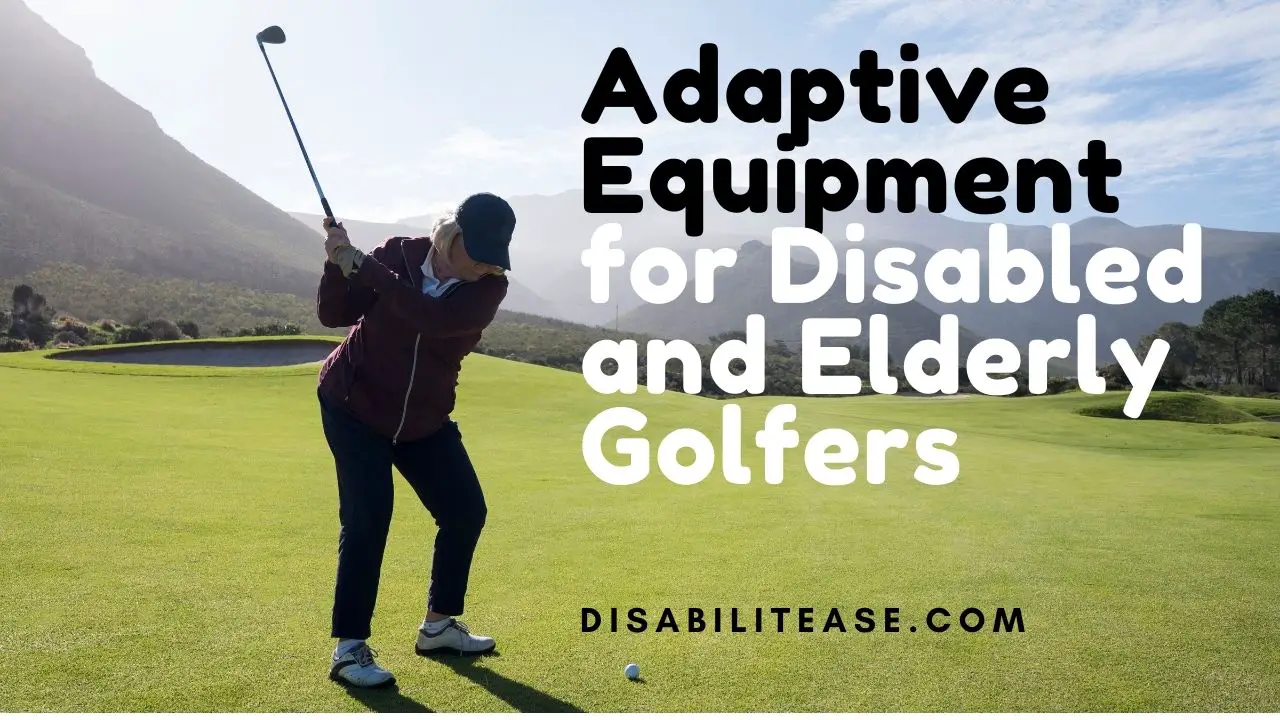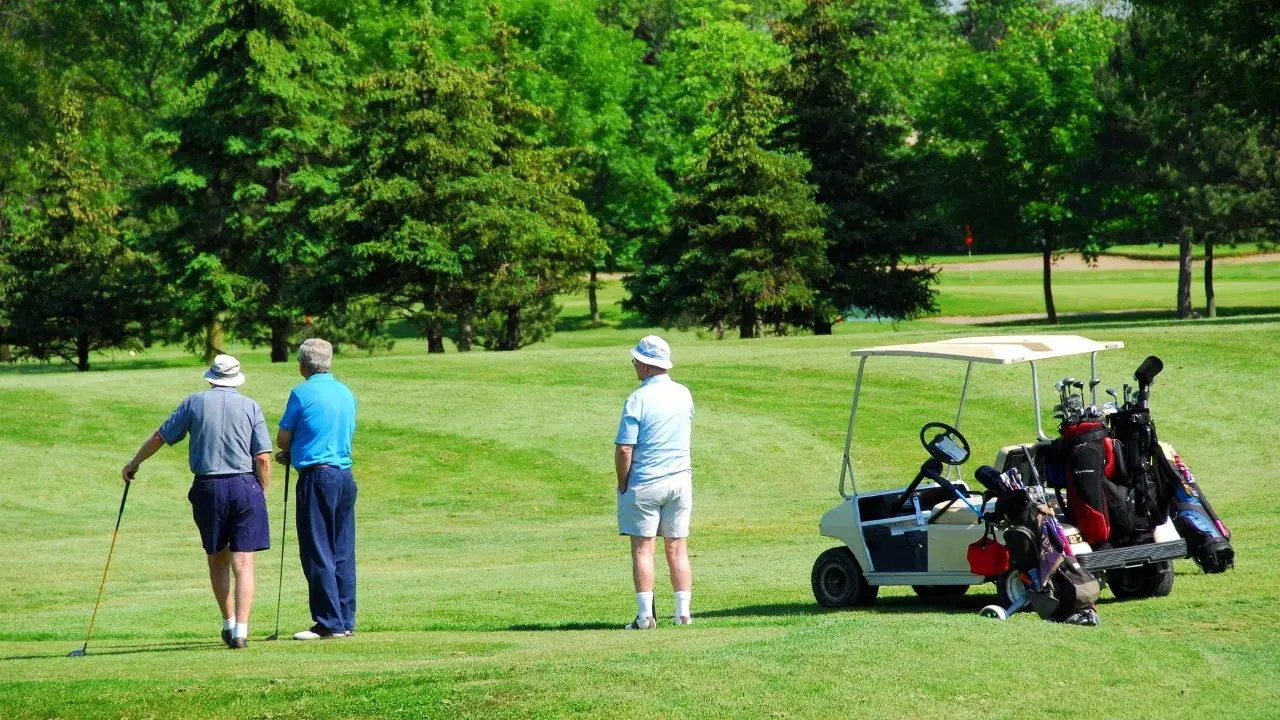As you age, or if you have a disability, the lifestyle changes that accompany them can be difficult to manage. However, there are some simple tips that will help you make the most of your situation and live a healthy life.
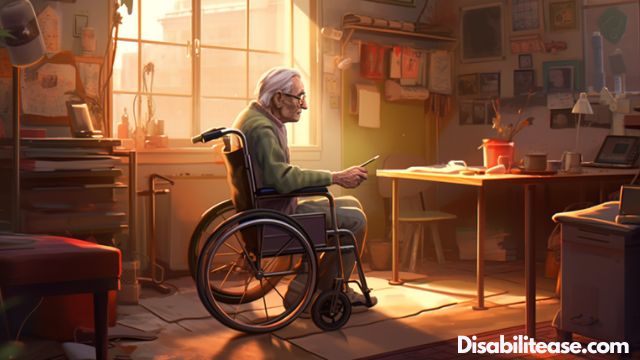
Table of Contents
How To Improve The Lifestyle Of the Elderly Or Disabled
In this article, we’ll discuss how providing necessary medical care, ensuring proper nutrition, and creating a supportive environment can improve your quality of life.
Read on to find out more!
Provide Necessary Medical Care
You need to make sure that your elderly or disabled loved one is getting the necessary medical care they need on a regular basis. This means ensuring that they’re receiving checkups and screenings from their doctor, taking any prescribed medications as directed, and having regular visits with specialists if needed.
Additionally, it’s important to provide social support for your elderly or disabled family member, such as arranging home visits from a nurse or other healthcare provider if necessary. This can help them stay connected to the medical community and ensure that they receive the best care possible.
It’s also essential to monitor any changes in physical and mental health among elderly or disabled individuals, as these can often be subtle yet significant signs of illness or distress. Keeping an eye out for any changes in behavior, mood swings, difficulty sleeping, confusion, pain levels, or mobility issues can help you quickly notice when something may be wrong and take appropriate action.
Creating a safe environment where your elderly or disabled family member feels comfortable is another important step toward providing them with quality care.
Consider moving furniture around to create more space for mobility aids like walkers and wheelchairs; install handrails near stairs; place non-slip mats in bathrooms; remove carpets which could present tripping hazards; and cover sharp corners on furniture with padding to reduce the risk of injury.
Ensure Proper Nutrition
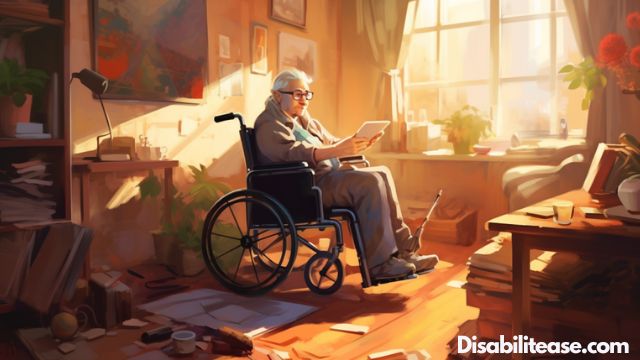
Maintaining proper nutrition is key to keeping you healthy and active. Eating a balanced diet full of fresh fruits, vegetables, lean proteins, and whole grains helps ensure your body gets all the essential vitamins and minerals it needs. Additionally, creating routines and encouraging exercise is important for maintaining physical strength.
Here are some tips for improving nutrition in elderly or disabled individuals:
- Consult with a physician or registered dietitian to develop an individualized meal plan tailored to specific dietary needs.
- Incorporate nutrient-rich foods like legumes, nuts, fatty fish, eggs, fortified milk products, as well as dark green leafy vegetables into meals.
- Make sure the individual is drinking enough fluids throughout the day – especially water!
- Monitor food intake by tracking meals with an app or journaling what has been eaten during the day.
- Schedule regular grocery shopping trips so that nutritious staples can always be stocked in the kitchen.
Making sure elderly and disabled individuals get proper nutrition can help them stay healthier longer by giving them more energy and supporting their immune systems through the necessary vitamins and minerals found in their diet. With just a few changes to daily habits, everyone should be able to benefit from improved health outcomes!
Supportive Environment
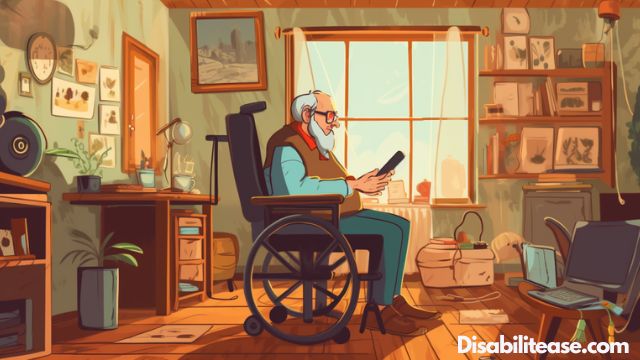
Creating a supportive environment is essential for elderly and disabled individuals to thrive. A supportive environment can help them remain socially active, which is an important aspect of their overall well-being.
It should also provide the opportunity for physical activity in order to keep these individuals physically fit and healthy.
| Description | Benefits | Impact on Wellbeing |
|---|---|---|
| Social Interaction | Improves mental health & reduces loneliness Increases sense of belonging to community | Improves mental health & reduces loneliness Increases sense of belonging to a community |
| Physical Activity | Improves strength & mobility Reduces stress & improves mood | Increased energy& stamina Reduced risk of chronic disease & improved sleep quality |
A supportive environment should be safe and comfortable while allowing enough flexibility so that elderly or disabled individuals have the opportunity to socialize with family and friends or participate in activities they enjoy.
This could include regular visits from family members, inviting friends over for meals or activities, joining a local senior center, attending religious services, participating in courses at local colleges or universities, traveling with companions who are familiar with their needs, etc.
These all provide opportunities for meaningful social interaction while promoting physical activity.
Having a dedicated team of caregivers who understand the individual’s needs and personal preferences can make a world of difference when it comes to providing support in an optimal way.
Caregivers should be trained to recognize signs that indicate changes in behavior that may require further attention from medical professionals as well as how best to accommodate any special needs that might arise due to age-related illnesses or disabilities.
By providing such personalized care and support within a nurturing environment, elderly or disabled individuals are able to stay active and engaged despite any limitations they may face.
Conclusion
It’s important to provide the necessary medical care for elderly or disabled individuals. Make sure they are getting regular check-ups and that all of their medications are up-to-date.
Ensure proper nutrition by offering a variety of nutritious meals, snacks, and beverages throughout the day.
Lastly, create an environment that is supportive and understanding. Invite family members over for visits, encourage hobbies and activities, and make sure the individual feels safe in their home.
Taking these steps will help ensure that the elderly or disabled individual has a better quality of life. With your support, they can live a more fulfilling life with greater independence and dignity.

Hi, my name is Eddie, I am a professional trainer specializing in the elderly population and I’m also a website designer. I love training in the gym, going to the beach, traveling, and having good food.
I combined my love for sport and website designing to make “DisabilitEase” whose purpose is to help elderly and disabled people live a more full and active life, have more fun, and enjoy their unique journey despite any disability.


